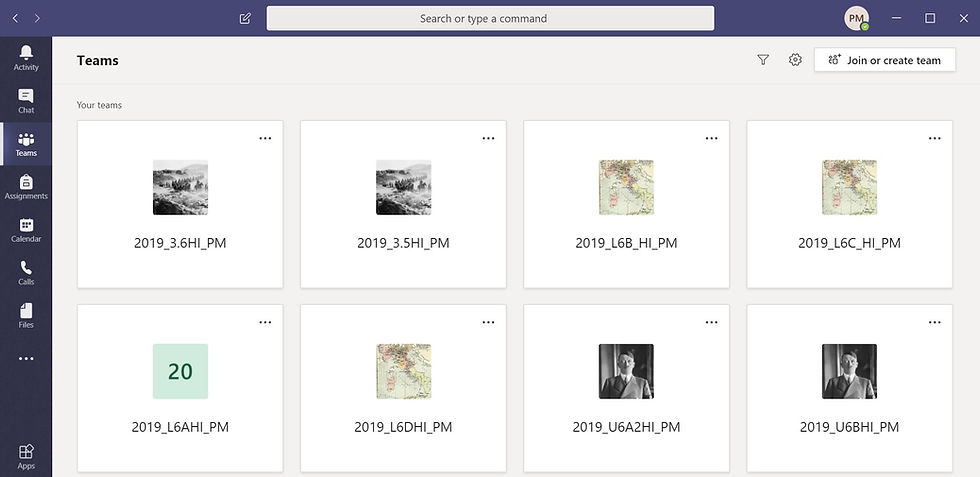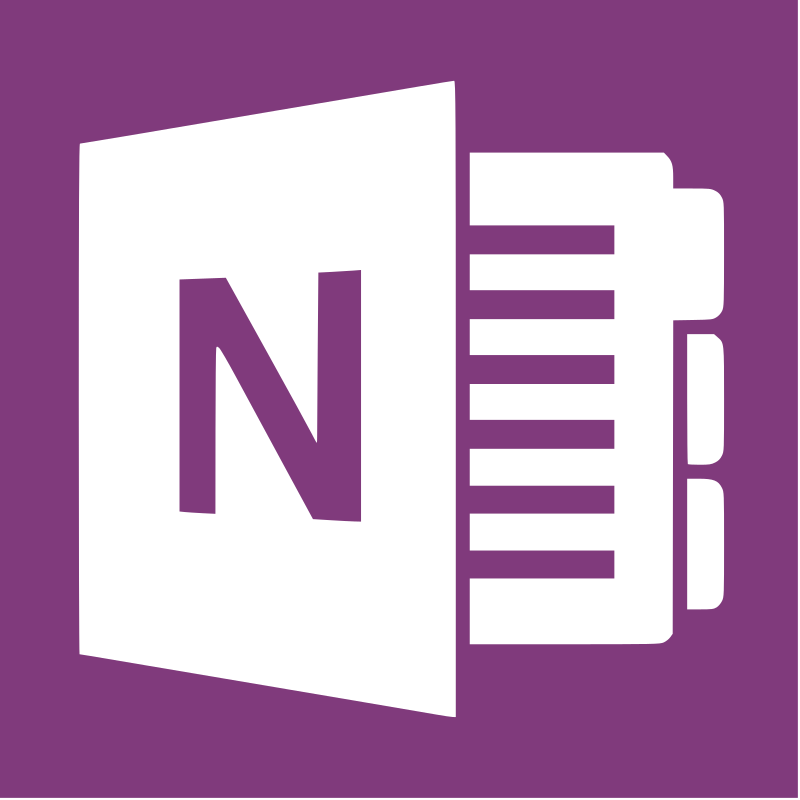A breakdown of...subject knowledge
- Teacher Breakdown

- Oct 31, 2019
- 6 min read
"Sir, what day did the rebellion happen?" - "It was the 8th July 1549, a Friday. The weather was 25°C with sunny spells"
Knowledge of your subject is clearly one of the prerequisites of becoming a teacher. It is an expectation from schools, parents and pupils that any new recruits will know their subject inside-out; sometimes to an unattainable extent. Surely all mathematicians can solve any mathematical problem? Just like every geographer will be able to point to any country on a map, English teachers will have read all of Shakespeare’s plays and historians will know the history of everything…well...ever!
Clearly, this is a little extreme, so a happy medium needs to be reached where teachers are able to offer substantial depth and breadth of knowledge for each topic that they teach. Nobody is expecting a chemist to know the atomic number of every element in the periodic table, but we need to strike a balance with simply reading ahead in the textbook (which I know we have all been guilty of!)
What is 'subject knowledge'?
First off, it is important to recognise that 'knowledge' of a subject does not just begin and end with factual information. It is not simply a list of facts and figures; the 'capital letters and numbers' I encourage my students to include in their essays. Instead, knowledge of a certain subject is both what is being learned and how it should be delivered. Effective teaching is being able to cover most (not necessarily all) of the bases when it comes to a particular topic. Stood in front of the class, we need to deliver the content, link to previous topics, address any misconceptions and field any questions as and when a hand goes up. So, nothing too difficult, then!
It is no wonder, then, that OFSTED has advised schools to focus on delivering high-quality subject knowledge (among the countless other things). It was further reinforced in their most recent inspection framework:
“Teachers have expert knowledge of the subjects that they teach. If they do not, they are supported to address gaps in their knowledge so that pupils are not disadvantaged by ineffective teaching.”
“Teachers ensure that pupils embed key concepts in their long-term memory and apply them fluently.”
“Inspectors will be…looking at examples of pupils’ work for evidence of progress in knowledge, understanding and skills towards defined endpoints.”
But what does ‘subject knowledge’ actually mean? Well, Andy Davies and Mel Norman sum this up really well for new teachers in their book, Getting Into Secondary Teaching:
"Subject knowledge is identified as an important indicator of teaching quality. Teachers with a high level of specialised subject knowledge have:
• a vast range of factual knowledge about your subject;
• a deep understanding of the theoretical aspects of your subject;
• a conceptual framework for organizing your knowledge;
• knowledge of the ‘big ideas’ in your subject;
• a range of ‘stories’ about your specialist subject which aids the giving of explanations."
As we see here, knowing the facts and figures within a topic is only the tip of the iceberg. When we look deeper, we realise that there is so much more to learning than simply recalling a series of isolated details. Ultimately, the true test of students’ understanding will be a GCSE or A Level exam, not a pub quiz down at the Red Lion. They need to be able to analyse, evaluate and manipulate pieces of information - the upper tiers of Bloom's Taxonomy!
So, when preparing to teach a topic, it is important that we have an understanding of the aspects of knowledge listed above. This can essentially be broken down into three key areas:

CONTENT --> These are the keywords, definitions, equations, dates, names, etc. that are specific to your subject and this particular topic.
CONTEXT --> Students often require prior understanding of a subject area before embarking on a topic. When reading Macbeth, pupils may need a broader understanding of Shakespeare’s tragedies or of seventeenth-century England more generally. They may also need to know the ‘big ideas’ within a subject, such as the idea of revolution (History), migration (Geography) or algebra (Maths, obviously…) This is the answer to the question: "Miss, why do we need to know this?" that is the bane of our lives.
CONCEPTS --> Once a student has developed a good foundation of knowledge, they can then be introduced to higher-order concepts. This is the ultimate goal for any pupil; it demonstrates a proficiency of knowledge, rather than a simple regurgitation. These concepts could be those tiers at the top of Bloom’s Taxonomy (analyse, evaluate, create), or could be subject specific – in History, for example, these could be change, continuity, causation and consequence. Exam technique would also fall under this category – after all, pupils are expected to respond to various long-response questions that test their deeper understanding of a topic. These are often the 'high-ticket items' at the end of each section on the paper.
Now, clearly this is a heck of a lot to think about when delivering a topic, not only for the teacher but also for the pupils. However, sitting down for an hour or so before the start of a new half term (perhaps with colleagues, a lot of coffee and cake) can really help you to get your thoughts in order. Ultimately, you need to have a clear understanding of what you want your pupils to take away from this particular unit of work. Which prior aspects of learning need to be recapped? What links could you make to other topics, subject or even wider society (news stories, films, etc.)?
Try using the diagram below as a guide (but it will no doubt look different for each particular subject!)

As you can see here, the colours of the CONTENT, CONTEXT, CONCEPTS diagram have been used to demonstrate the key aspects of knowledge that pupils will explore in this topic. Begin with a list of the basic content, which can be drawn from schemes of work or even the contents pages of textbooks. Then, using your experience or from chatting with colleagues, make a list of the common misconceptions that you may need to address when delivering this information. Nipping these in the bud right from the start will help students to process the knowledge more effectively.
Next, move on to context - essentially, 'why this, why now'? What existing knowledge is required to understand this new information? Are there any parallels that can be drawn to similar topics or current news stories? Again, this will reduce the cognitive load and allow students to digest the information more easily.
Finally, think of the overarching questions that students will need to answer by the end of the unit. These may be past exam questions or could simply be aspects of higher-order thinking that could be used as hinge questions in class. As I mentioned earlier, these are the end goal when delivering the topic - the questions that all students should be able to answer with ease.
Taking the time to set this all out on paper before teaching a topic is invaluable, but it is also important to remember that this should be a fluid document. Ultimately, at the very start of a new topic we often do not know what weird and wonderful misconceptions are going to arise (no, people cannot just ‘go around’ the Berlin Wall…) So reflecting on this document at the end of a unit is also important, and your future self will certainly thank you for updating it ahead of next year!
Finally, do note that this document is certainly not comprehensive. In particular, the list of essential content can definitely be expanded to include key names, keywords and statistics, rather than a basic overview. The potential benefit of adding more detail here is that this document could then be given to students as a knowledge organiser (KO), which would be extremely helpful for revision. Setting regular quizzes on the factual content on the KO will help embed the knowledge in students' long-term memories.
So, before you embark on your next topic this half term (or perhaps something to think about for January?), take a moment to consider the content, context and concepts involved. Not only will it help to focus your teaching, but it will also reveal any gaps in your own knowledge that may need patching up before you get started. Getting your department on board with this will help with consistency in teaching and it will also help to spread the workload involved. Particularly with the new OFSTED Inspection Framework that has made ‘curriculum’ the buzzword of the year for 2019/20, it is perhaps the perfect time to think about the what, when, why and how for each topic that you teach.
Happy planning!





Comments